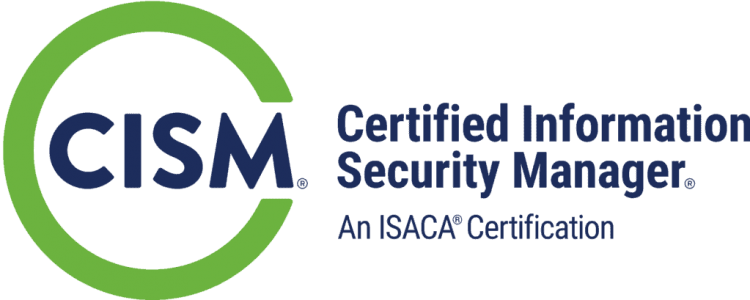Course Overview:
TN-813: Certified in Governance, Risk, and Compliance (CGRC) course is for the (ISC)²® Certified in Governance, Risk, and Compliance (CGRC) credential previously known as Certified Authorization Professional (CAP). This course walks the student through the Risk Management Framework following practices the NIST pubs. CGRC is an objective measure of the knowledge, skills and abilities required for personnel involved in the process of certifying and accrediting security of information systems. Specifically, this credential applies to those responsible for formalizing processes used to assess risk and establish security requirements. Their decisions will ensure that information systems possess security commensurate with the level of exposure to potential risk, as well as damage to assets or individuals.The CGRC credential is appropriate for civilian, state and local governments in the U.S., as well as commercial markets. CGRC certification applies to job functions such as authorization officials, system owners, information owners, information system security officers, and certifiers. CGRC is crucial to the Management staff.
This course is the “why” of the entire security field. It provides a logical way of allocating resources where there is greatest risk and why we make the decisions we make in the field of security. It is TechNow’s view that of all the security courses we have seen, this course genuinely puts the “big picture” of security in front of the students. Students actually come to an understanding of truly what is critical to security of an enterprise versus a bunch of nuts and bolts of security.
TechNow’s CGRC course covers all of the (ISC)²® CGRC 7 Knowledge domains:
- Security and Privacy Governance, Risk Management, and Compliance Program
- Scope of the System
- Selection and Approval of Framework, Security, and Privacy Controls
- Implementation of Security and Privacy Controls
- Assessment/ Audit of Security and Privacy Controls
- System Compliance
- Compliance Maintenance
RMF Related Steps
- Prepare – Process Initiation
- Categorize Information Systems
- Establish the Security Control Baseline
- Apply Security Controls
- Assess Security Controls
- Authorize Information System
- Monitor Security Controls
TechNow’s CGRC Instructors have extensive knowledge and experience in the field, and have been working with organizations to build assessor teams for over 20 years.
Attendees to TN-813: Certified in Governance, Risk, and Compliance (CGRC) will receive TechNow authorized training materials, including access to the documentation of the CGRC Exam domains, and expert instruction.
Dates/Locations:
Duration: 3 Days
Course Objectives:
- Initiate the Preparation Phase
- Perform Execution Phase
- Perform Maintenance Phase
- Understand the Purpose of Security Authorization
Prerequisites:
- IT Security
- Information Assurance
- Information Risk Management certification and systems administration
- 1-2 years of general experience technical experience
- 2 years of general systems experience
- 1-2 years of Database/Systems Development/Network Experience
- Information Security Policy Experience
Comments
Latest comments from students
